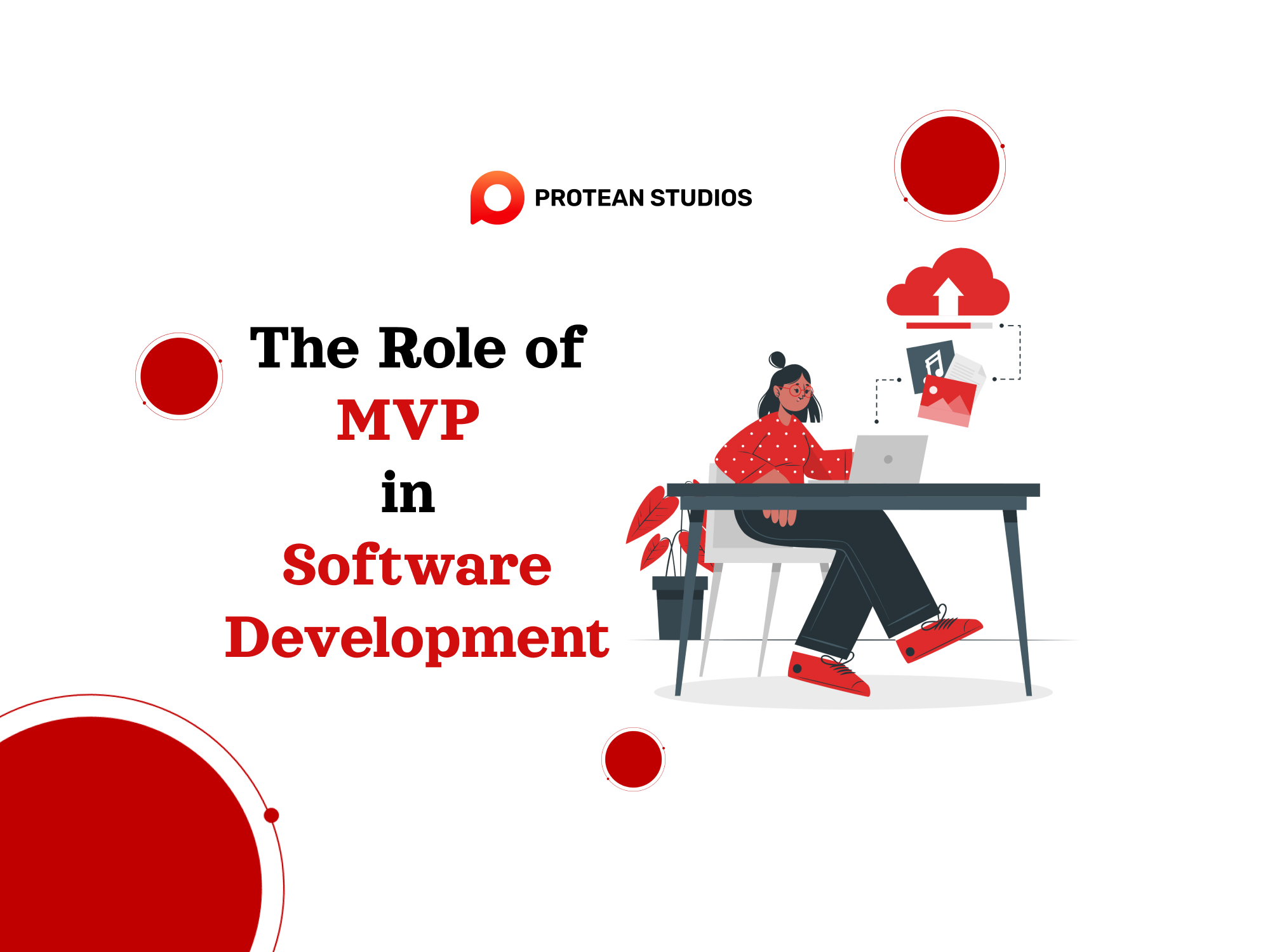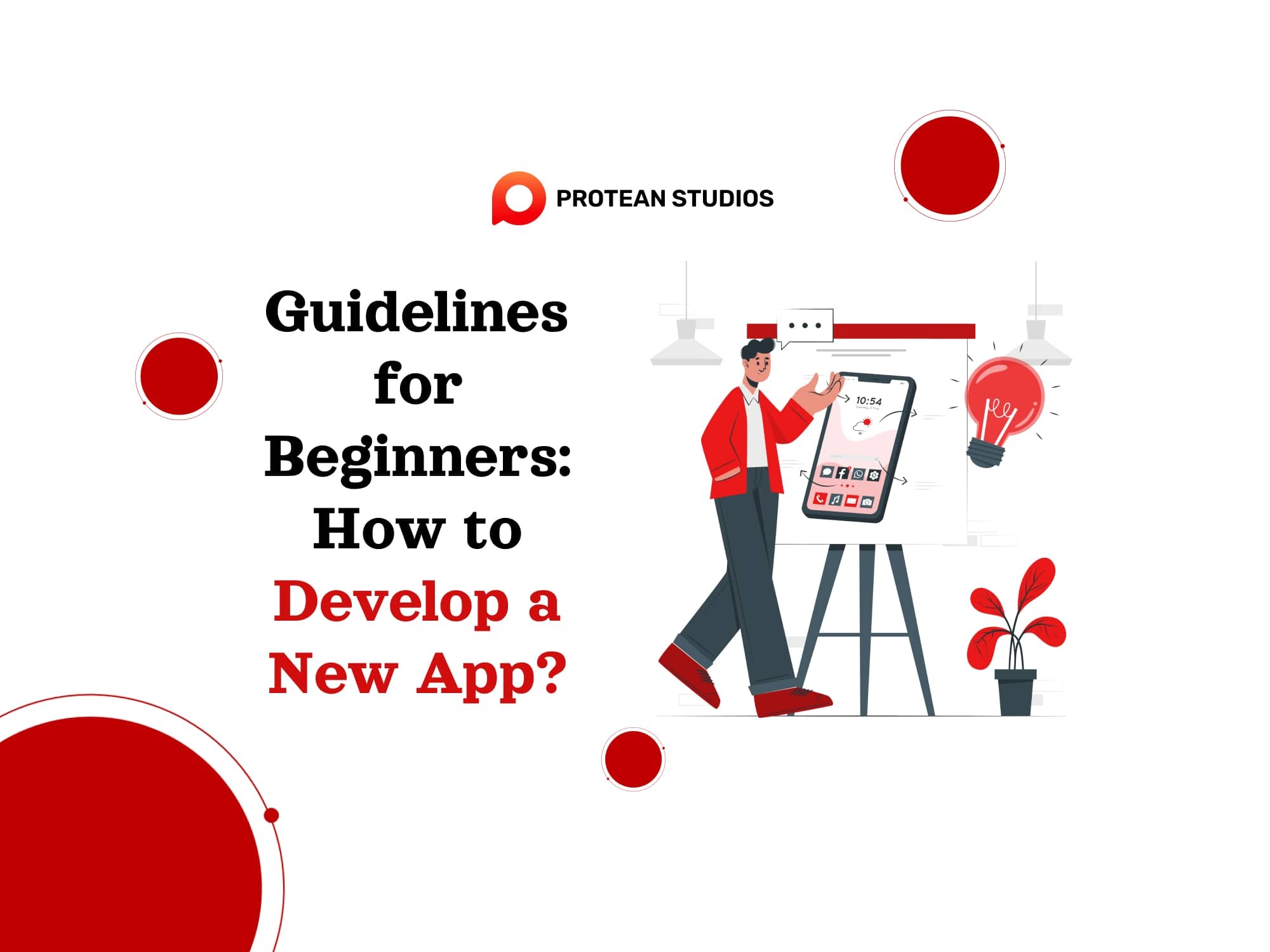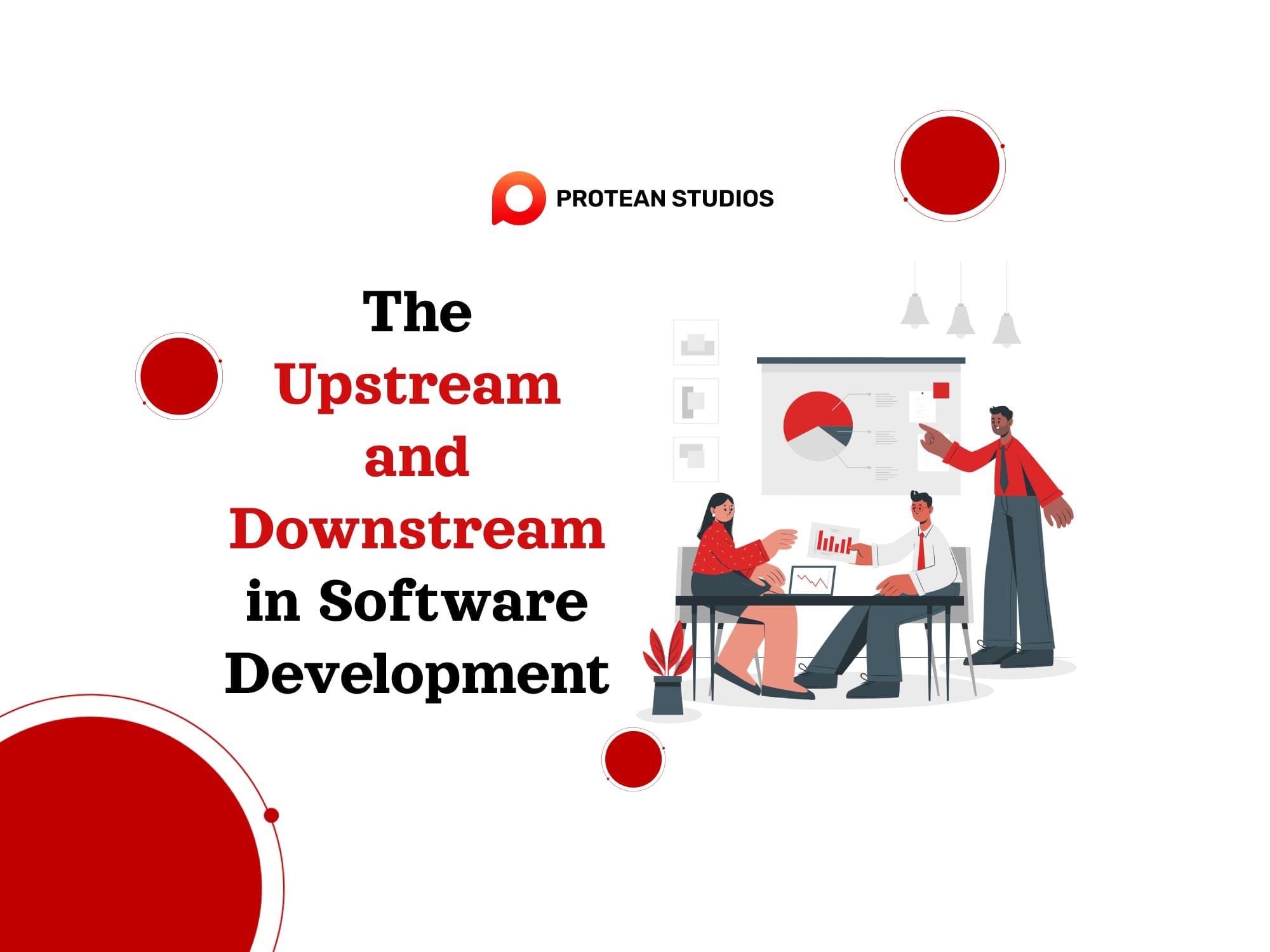The waterfall model is a basic method for developers to build and create new software. It focuses on the logical progression of steps throughout the software development life cycle. In this article, we will explore the landscape of the waterfall model and its benefits for different types of software projects.
I. About the Waterfall Model
The waterfall model is a sequential approach to software development with a well-defined set of phases. It is also a linear-sequential life cycle model due to its simplicity and easy-to-follow development steps. But each phase must be completed before the next one can begin, and there is no overlapping or iteration between phases.
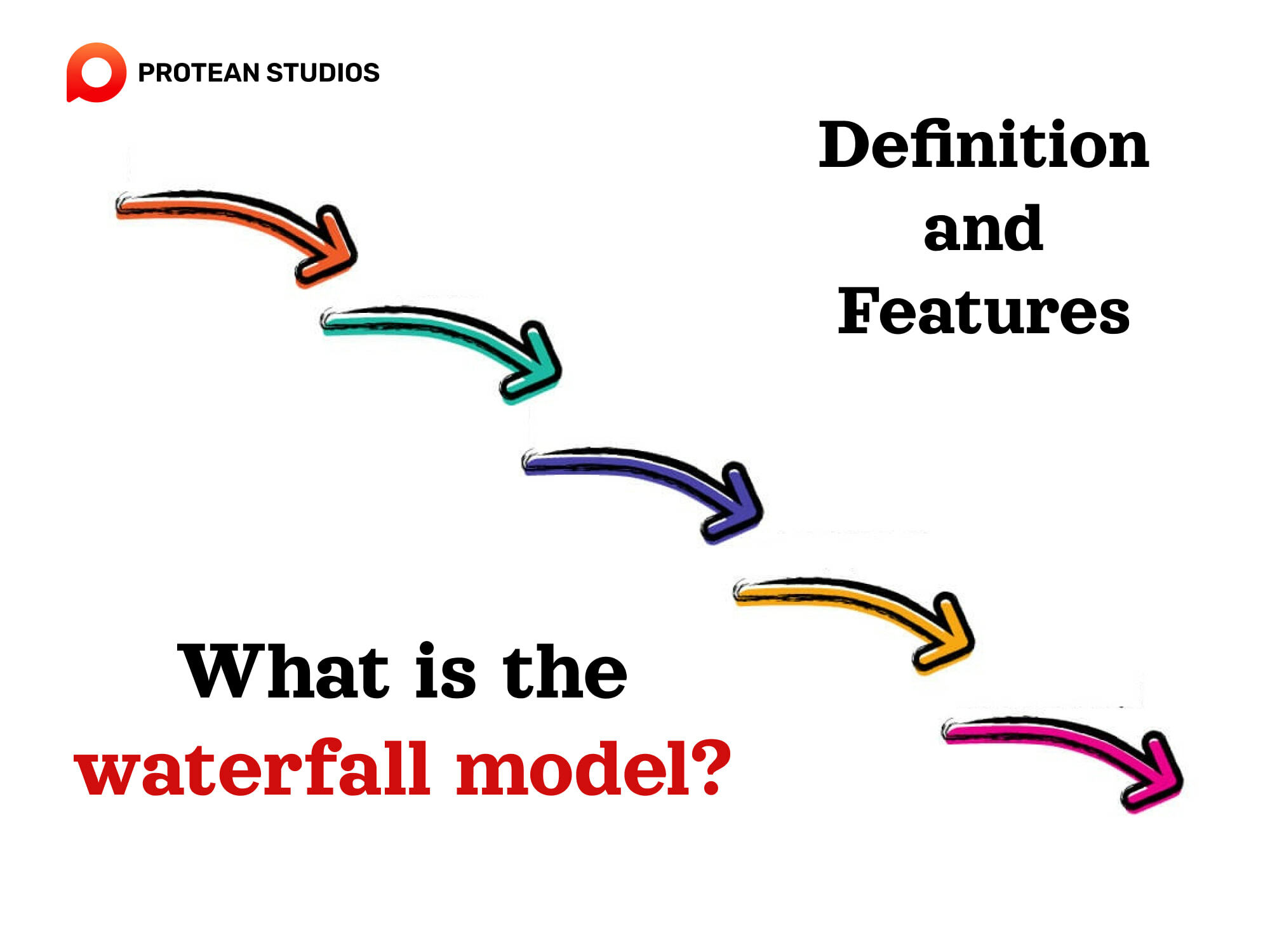
Thus, it is suitable for projects that have clear and stable requirements and well-defined standards and methods. Especially compliance with minimal risks of changing customer expectations or technical challenges.
Related article: The Agile Model And Its Application In Software Development
II. Pros and Cons of Waterfall
The waterfall model is also like any software development method. It has its own set of advantages and disadvantages as follow
Advantage
Because waterfall is the first model, it has some advantages, like
Clarity and Structure: The Waterfall Model provides a well-defined and structured approach to software development, making it easy to understand and manage for both the development team and stakeholders.
Predictability: Because each phase completes before moving on to the next. There is a high level of predictability in project timelines and costs. It also ensures the quality and reliability of the software by testing it at each phase. Thus, it can be reassuring for clients and project managers.
Quality Assurance: The model ensures rigorous testing to check the software for defects and verify that it meets its requirements.
Disadvantage
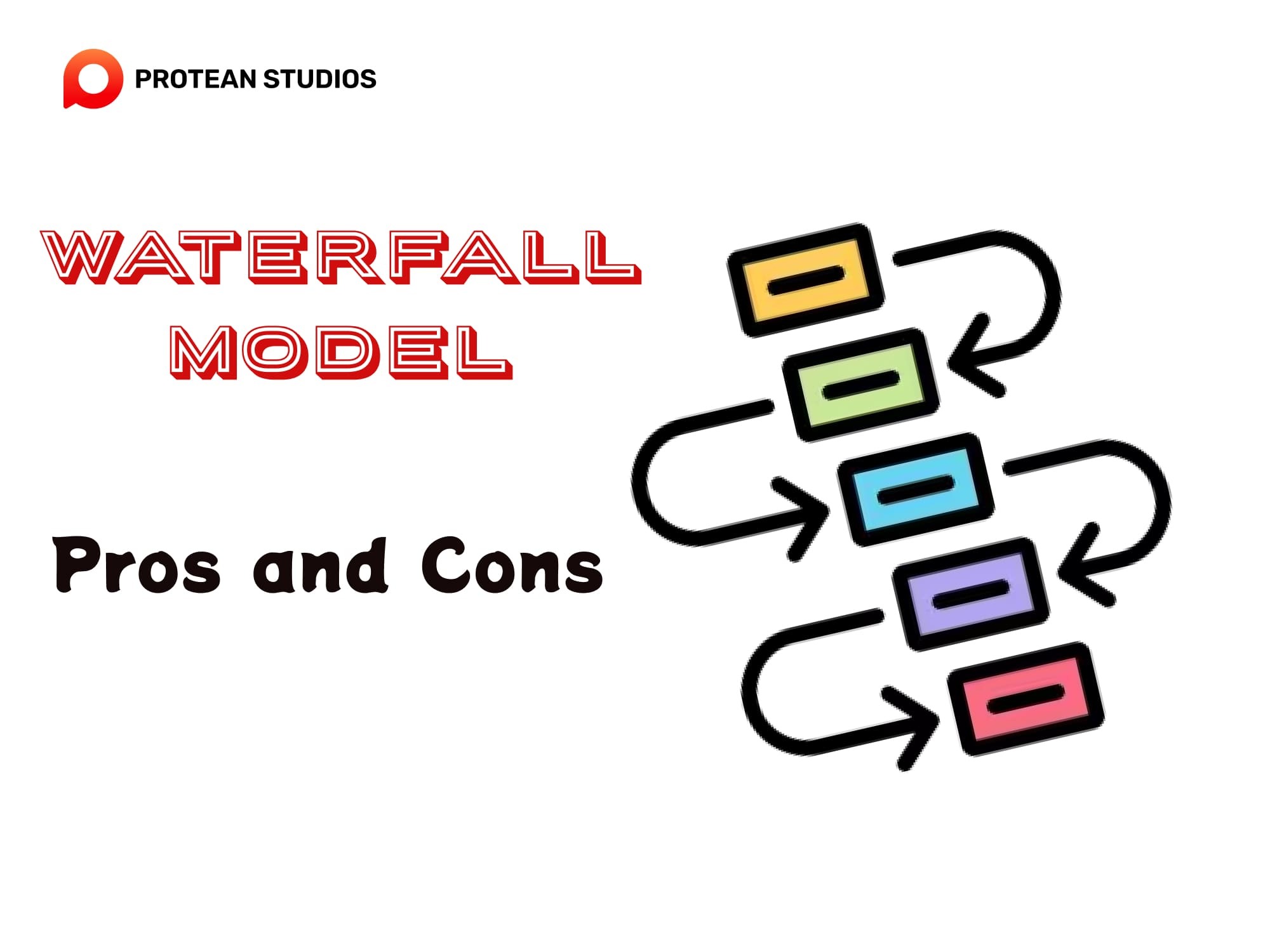
Some of the cons of the model are:
It is rigid and inflexible and does not accommodate changes or feedback from customers or users.
Waterfall does not deliver a working product until the end of the project, which may cause customer dissatisfaction or loss of interest.
The sequential nature of the model can result in longer delivery times, which may not be suitable for projects requiring a quick time-to-market.
If initial requirements are not well-defined or change during development, the IT project may fail or cause significant delays.
Read more: Top 3 Outsourced Project Management Methodologies
III. The Fundamental Steps in the Waterfall Model
To help people understand the whole waterfall model, here are some stages for developing software projects. Yet, you need to notice that only when the first step is complete will the next step continue.
1. Requirements and Analysis
In this initial phase, the project team analyzes potential requirements, deadlines, and project guidelines. IT teams document this information in a formal requirements document, known as a functional specification. In short, this stage involves gathering and documenting the functional and non-functional requirements of the software system from stakeholders and users.
After understanding the requirements, analyzing and defining the scope, objectives, feasibility, and risks of the project, The output of this stage is a software requirement specification (SRS) document. The goal is to create product models and establish the logic development process.
2. Designing
The third stage of the waterfall model is designing. They have to design the architecture, components, interfaces, data models, and algorithms of the software system based on the SRS document. This design specifies hardware and system requirements, defining the system architecture. Thus, the output of this step is a software design document (SDD).
3. Coding and implementing
With the previous design specifications, developers create the actual source code. They will write, compile, and test the source code of the software system to build a software product or prototype.
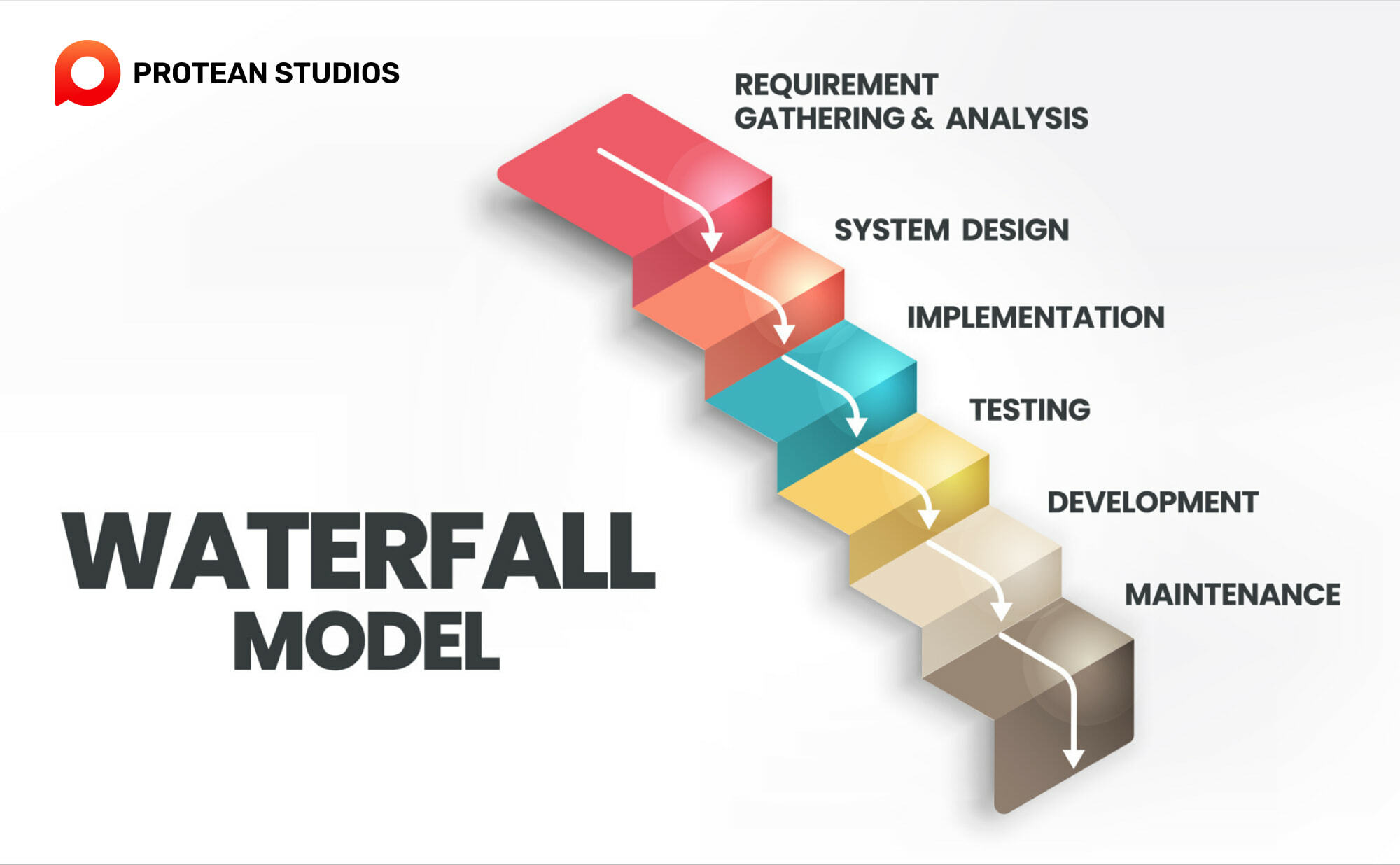
4. Testing
This stage involves verifying and validating the software product or prototype against the SRS document. And then identify and fix any defects or errors before operation. The aim is to provide good software that meets the quality standards and expectations of the stakeholders and users.
5. Deployment
Developers will deploy and operate the software applications on the servers. This deployment process includes setting up the OS, applying security updates, and configuring the servers. Then installing a web and application server as well as a database, etc.
The team also works with network and IT administration teams to ensure that the application is accessible and functional.
6. Maintenance
The last phrase of the waterfall model is maintenance. The team monitors and maintains the application performance on the servers and avoids any downtime. They also resolve any issues that arise after the launch and collaborate with the testing team to verify the fixes. All is to ensure its reliability, performance, security, and usability.
IV. Discovering the Waterfall Model in IT Projects
The waterfall model is a traditional and sequential approach to software development and project management. Thus, IT projects have used the waterfall model for several decades. This was one of the earliest methodologies for software development, and its features phased the progression of project tasks. Thus, development teams often use it for small and simple IT projects that have clear and stable requirements.
This model will approach IT projects with a strong focus on detailed planning and documentation. It is most effective when used in situations where project requirements are stable and well-understood and there is a need for rigorous documentation and compliance. But it may not be the best choice for projects with changing requirements or those that need frequent customer feedback and adaptability.
In short, the model has some pros and cons and suits some specific projects. It is not a good choice for large and complex IT projects that developers need to consider before operation. Finally, we hope that our sharing about the waterfall model will be useful for you. If you have any questions or need some advice for IT projects, please contact us to learn more. Our staff will consult and give you the best ideas and software solutions.



